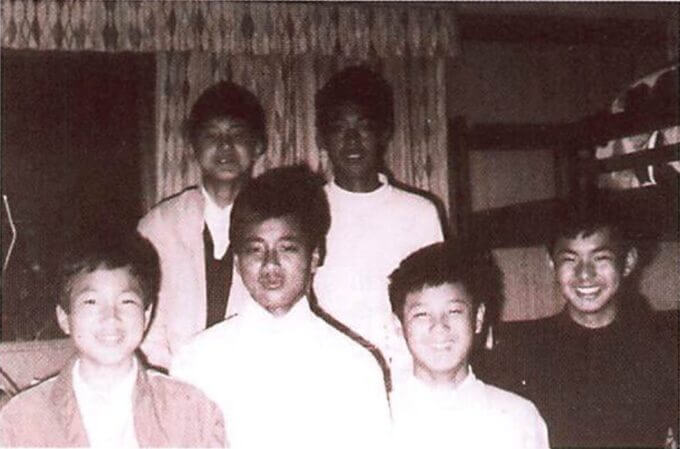
Source Junichi Yaoi (June 2006). Yaoi Junichi no UFO Taizen (Junichi Yaoi’s Complete UFO Collection), 254-256, Lyonsha.
This is a true story of nine Japanese boys who captured a small UFO about 50 years ago.
Kera Incident: Amazing Japanese Boys Who Captured a Small UFO in 1972
In the following article, I introduced the amazing story of nine Japanese boys who captured a small UFO in 1972 in Kera, Kochi City and recorded detailed sketches and measurements of it.
According to the boys, this small UFO showed them a series of mysterious phenomena that could not be explained scientifically.
The small UFO then disappeared without a trace, never to be reappeared in front of the boys again.
The local adults assumed that their UFO capture was a prank and did not believe the boys’ story.
However, the “Kera Incident” became widely known throughout Japan as it was picked up by prominent comet hunters, TV directors, and writers.
After that, the truth of the Kera Incident was shrouded in mystery until around the mid-2000s.
However, around 2010, about 40 years after the incident, some people re-examined the Kera Incident, and new evidence and facts came to light one after another.
As a result of these re-examinations, the conventional evaluation of the Kera Incident in Japan has changed drastically.
Unfortunately, these re-examinations are not known at all outside Japan, although they are quite important in the study of the Kera Incident.
However, I believe that we cannot ignore these re-examinations if we want to find the truth about the Kera Incident.
So, in this article, I would like to introduce the results of the surprising re-examinations of the Kera Incident by Kenichi Nishimoto and Kenji Sato, which are still unknown outside Japan.
On June 9, 2021
OTAKUPAPA
The truth is, you see, that most people – and I don’t exclude policemen – are far too trusting for this wicked world.
They believe what is told them.
I never do.
Miss Marple
Kenichi Nishimoto’s Report in 2009
Kenichi Nishimoto is a Japanese writer.
Nishimoto re-examined the Kera Incident for the first time in 37 years.
And he reported on it in an article titled “Kochi-ken Kera-cho “UFO Hokaku Jiken” no Shogeki (The Impact of the “UFO Capture Incident” in Kera Town, Kochi Prefecture)” in the book “Nihon “Kaiki” Taizen (The Complete Book of Japanese “Weirdness”) published by Million Shuppan in 2009.
Nishimoto’s article on the Kera Incident published in 2009. The subtitle of the article is “The truth revealed 37 years after the occurrence of the Japanese version of the Roswell Incident.”
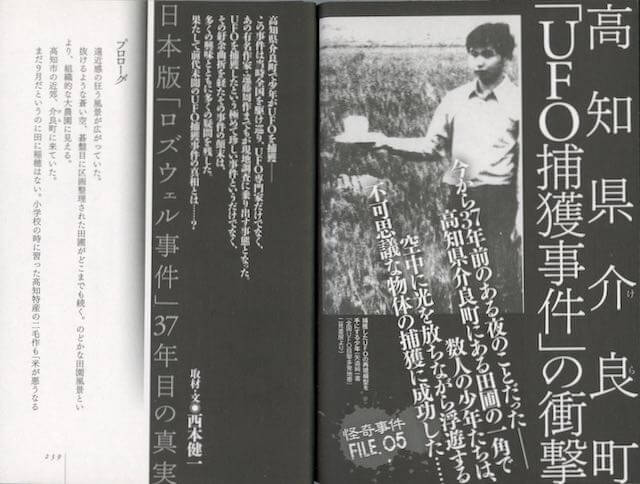
To cover the incident, Nishimoto visited Kera and interviewed the people involved in the incident.
Unfortunately, Nishimoto’s skeptical report has often been ignored by UFO-positive groups in Japan and thus is hardly known outside Japan.
However, Nishimoto’s report is extremely important because it is the first to raise logically supported questions about the positive assessment of the Kera Incident, which had been accepted virtually uncritically for 37 years, based on meticulous field survey and excellent reasoning.
Therefore, Nishimoto’s report shocked UFO researchers all over Japan.
Interview with Keikou Fujimoto
When Nishimoto visited Kochi City for an investigation, even in 2009, 37 years after the incident, he had the impression that anyone over 40 knew about the Kera Incident.
When Nishimoto visited Kera for an investigation, he interviewed Keikou Fujimoto, one of the nine boys involved in the incident.
According to Yaoi, Keikou was the first boy to pick up the small UFO in Kera.
A photo of Keikou holding a replica of the small UFO and reenacting the capture of the UFO.
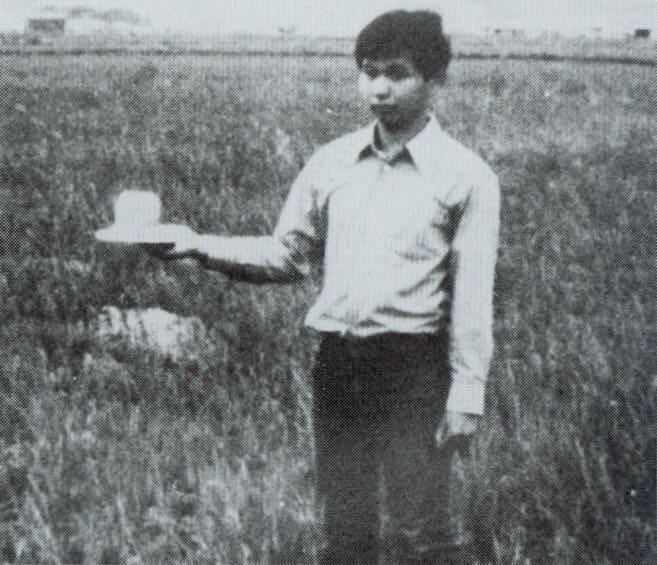
Source Junichi Yaoi (June 2006). Yaoi Junichi no UFO Taizen (Junichi Yaoi’s Complete UFO Collection), 254-256, Lyonsha.
Keikou also brought the small UFO home and actually showed it not only to his mother but also to his father, Mutsuo Fujimoto, who was the chief education officer at the Kochi City Science Center.
Furthermore, on the day of the last disappearance of the small UFO, he was carrying Yasuo Mori, who had a plastic bag containing the small UFO tied to his right hand, in the back seat of his bicycle.
Hence, he was one of the main boys who knew the truth about the Kera incident.
Keikou was over 50 years old when he was interviewed by Nishimoto.
He was a social studies teacher*1 at a high school in Nangoku City.
Note*1:
As a side note, according to the following information from the Kochi Otemae High School community on the Japanese social networking service Mixi, Keikou once taught ethics at Kochi Otemae High School in Kochi City.
The ethics teacher at Kochi Otemae High School community – mixi
According to information from a former student of Kochi Otemae High School, Keikou told his students in class about catching UFOs when he was a boy and passed around a book he had published for everyone to see.
He told the students, the UFO he found was a small one, and he caught it with a bug net and put it in his wardrobe, where it disappeared.
Keikou had an almost exact memory of the incident, probably because he had often talked about the Kera Incident over the past 30 years.
Therefore, he wrote down exactly where they had spotted the UFO and where it had last disappeared.
The figure below was created based on this Keikou’s information and the map in MU magazine, April 2014 issue. Please note that except for the first sighting location and the last vanishing location reported by Keikou, there may be some discrepancies in their locations.
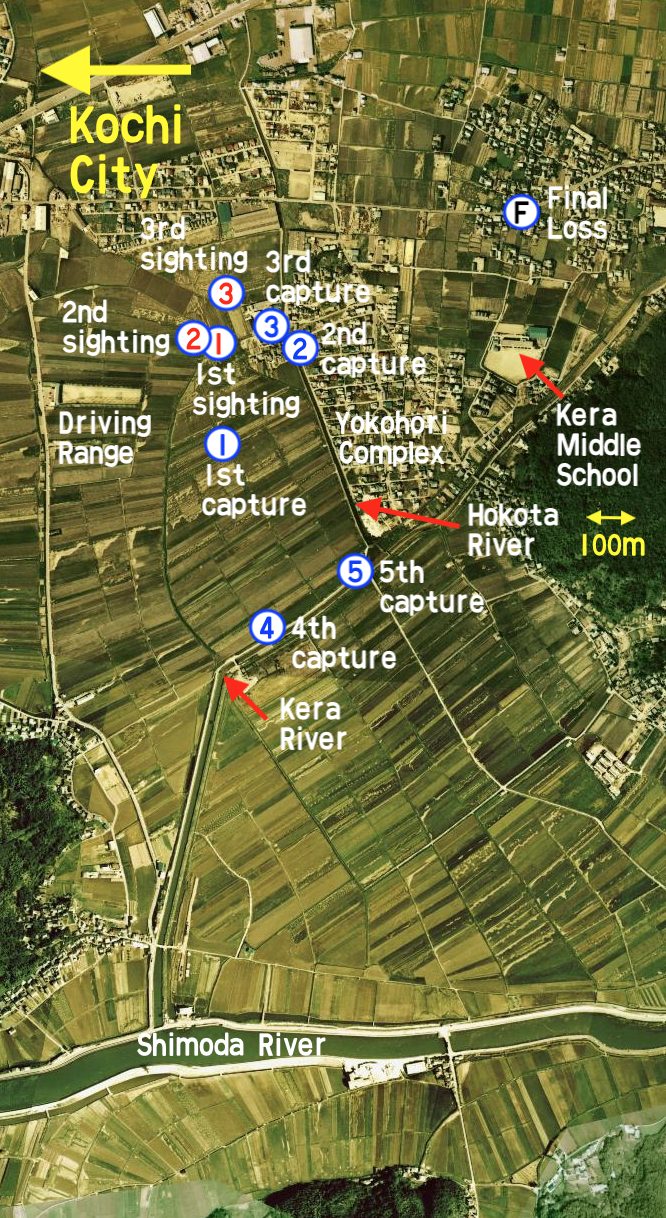
Source Geospatial Information Authority of Japan
Nishimoto asked Keikou about the last time the small UFO disappeared, and Keikou replied as follows:
At that time, I was with the Mori brothers (Hiroshi and Yasuo), and we were all riding our bicycles to K.’s (Toshiaki’s) house.

*The above image is simulated for illustrative purposes only.
Suddenly, M. (Hiroshi) screamed,
‘Whoa!’
and he flipped over.
So, we rushed over to Yasuo and found that the UFO was already gone from his knapsack.
Then, while chatting with Keikou, Nishimoto asked him, who was the leader of the boys involved in the Kera Incident.
Keikou replied,
M. was our leader.
He used to be the ace player of the volleyball team (at Kera Middle School).
He was also good at magic tricks.
So he was very popular.
Field Survey Near the Site Where Kera’s Small UFO was Sighted and Captured
While walking around the place where the UFO was first sighted, Nishimoto happened to pass by a factory named “Kuroishi Casting Works.”
Kuroishi Casting Works located in Kera
Source Google Maps
In addition, the bank of the riverbank where the UFO was rediscovered after it had disappeared had been constructed with bank protection work.
When Nishimoto asked a local resident about this, he was told that the “Eastern Sports Ground” on the other side of the river was originally a garbage disposal site, and when the sports ground was built, the river protection work was done at the same time.
Near the entrance to the Eastern Sports Ground, which was a garbage disposal site at the time of the incident.
Source Google Maps
According to the local resident, the area was overflowing with garbage from Kochi City even 29 years before.
In other words, at that time, there was a lot of junk discarded at the garbage disposal site in Kera.
For some reason, this point stuck in Nishimoto’s mind.
Below is a map of UFO sightings and captures in Kera, based on an aerial photograph taken by the Geospatial Information Authority on May 17, 1972, about four months before the incident. As shown in the map below, you can see that the Kuroishi Casting Works was located northeast of the rice field where the small UFO was sighted and captured, and the garbage disposal site was located south of the rice field, on the other side of the Kera River.
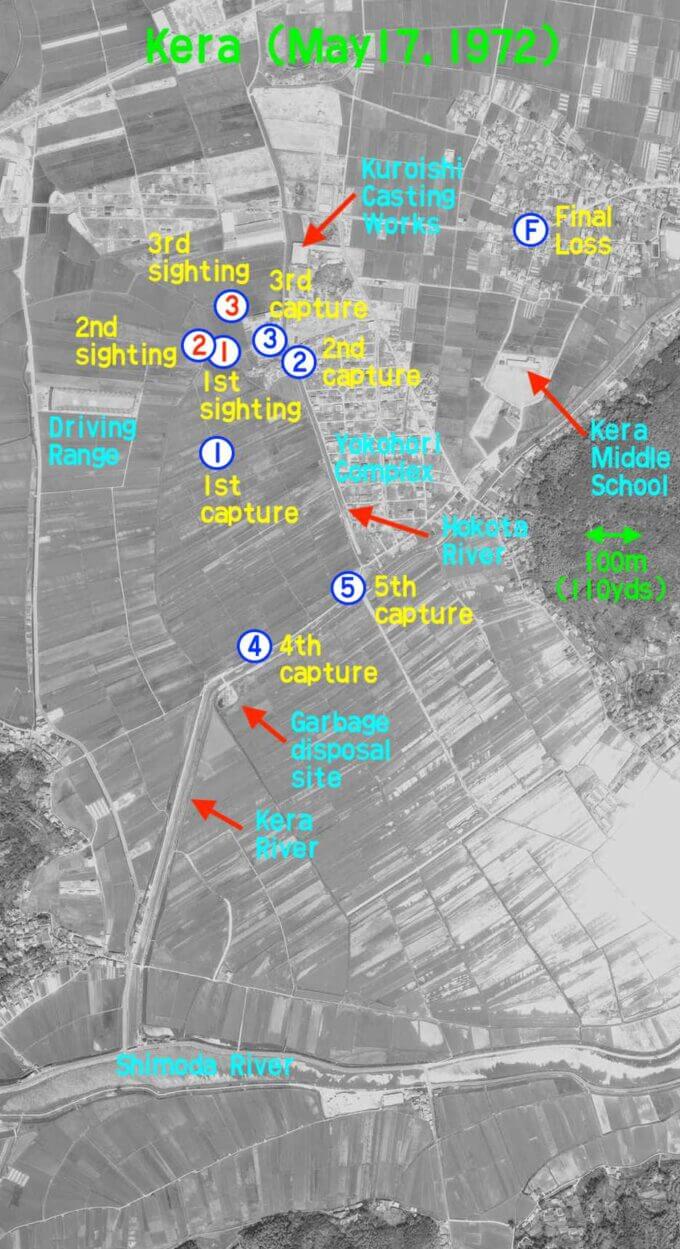
Source Geospatial Information Authority of Japan
Interview with a Relative of One of the Boys
After the field investigation of the UFO sighting and capture sites, Nishimoto interviewed a relative of one of the nine boys who captured the UFO.
The relative told him an interesting story about the situation in Kera at the time.
At that time (in 1972), there was not only the merger (of Kera Village into Kochi City), but also the construction of a new (Yokohori) complex and a national highway, which was a long-cherished wish of our town.
That’s why everyone in the town was so upset about that incident.
We were afraid that if such a (UFO) scare occurred, the land would not be sold, and the price of land would be lowered.
So, they even imposed a gag order on all the boys who reported the incident.
Don’t say anything more about it!

*The above image is simulated for illustrative purposes only.
At that time, the population of Kera was rapidly increasing due to the construction of the Yokohori and Nakano complexes, and Kera Middle School had just moved to the new location on March 1, 1972, the year the incident occurred.
The Kera Middle School which the boys attended.
Source Google Maps
Nishimoto asked the relative,
Were the boys old residents of Kera?
The relative replied,
Yes, they were.
Nishimoto’s Reasoning on the Truth of the Kera Incident
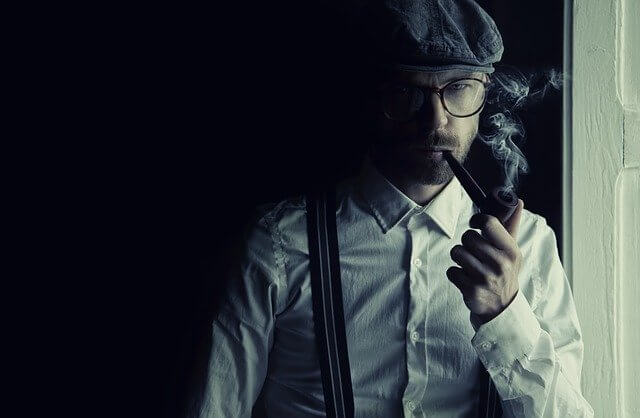
*The above image is simulated for illustrative purposes only.
Based on the results of these field surveys and interviews, Nishimoto deduced the following about the truth of the Kera Incident.
According to Nishimoto, the boys who were involved in the disappearing phenomenon of the small UFO were always the same member for some reason.
Nishimoto points out that the three boys, the Mori brothers (Yasuo and Hiroshi) and Toshiaki, played a central role in the Kera Incident.
He also points out that it was these three boys who were invited to the Tokyo studio of Nippon Television Network Corporation.
According to Nishimoto, the discovery of the small UFO involved the nine boys, but for some reason, the disappearance of the UFO five times always occurred at the homes of the three boys, Hiroshi, Yasuo, and Toshiaki, or while they were moving.
There were nine boys involved in the Kera Incident. However, according to Nishimoto, somehow the small UFO showed inexplicable phenomena only when the same three boys (Hiroshi, Yasuo, and Toshiaki) were always involved.

Source Junichi Yaoi (June 2006). Yaoi Junichi no UFO Taizen (Junichi Yaoi’s Complete UFO Collection), 254-256, Lyonsha.
Based on the results of these field surveys and interviews, Nishimoto proposed the following hypothesis about the truth of the Kera Incident.
According to Nishimoto, Kera had been a cultivated land since ancient times, as mentioned in the Nihon Shoki (the Chronicles of Japan, the second-oldest book of classical Japanese history).
However, with the arrival of Japan’s rapid economic growth in the 1960s, the population of Kochi City exploded.
Suffering from a shortage of housing, the authorities of Kochi City identified the nearby farming village of Kera as a candidate for a housing site and proposed that Kera Village be merged into Kochi City.
In return for the merger, the villagers of Kera were promised that the national highway would be opened to Kera.
And in the 1960s, prior to the merger in 1972, Kera developed rapidly with a series of housing complexes being developed in Kera.
The Yokohori complex. The Yokohori complex is a residential complex that was built and started selling in about 1965 and is located in a quiet residential area called Kera-Otsu on the north of the Kera River. On the east side of the Yokohori complex was the Kera Middle School, which the boys attended.
However, this rapid development has greatly changed the traditional farming village of Kera.
At the time of the merger, the authorities divided Kera into three areas: Kou (A), Otsu (B), and Hei (C).
That is, the western part of Kera, where there were many good rice fields, was designated as Kera-Ko (A), the central part, where the harvest of rice fields was reduced due to salt damage, was designated as Kera-Otsu (B), and the southern part, where the garbage accumulation sites would be located, was designated as Kera-Hei (C).
Kera-Ko
Source Google Maps
Kera-Otsu
Source Google Maps
Kera-Hei
Source Google Maps
Based on this ranking, the price of land in Kera was rated, and the residents of Kera had a strained relationship over money.
Unfortunately, the children of Kera were most affected by this ranking.
At that time, the number of students at the newly relocated Kera Middle School had doubled.
Many of the transfer students were the children of businessmen who had moved into the new housing complexes that had just been built at the time.
According to Nishimoto, most of the locals who lived in Kera village before the merger lived in old thatched-roof houses.
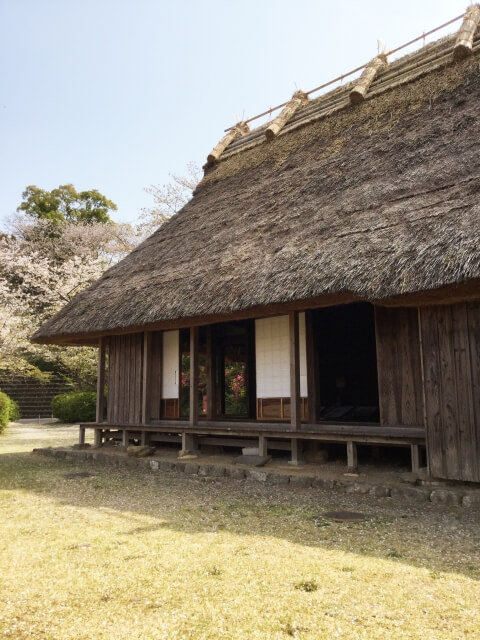
*The above image is simulated for illustrative purposes only.
On the other hand, a family of businessmen who were new residents of Kera were living in a brand new house that was a combination of Japanese and Western style.
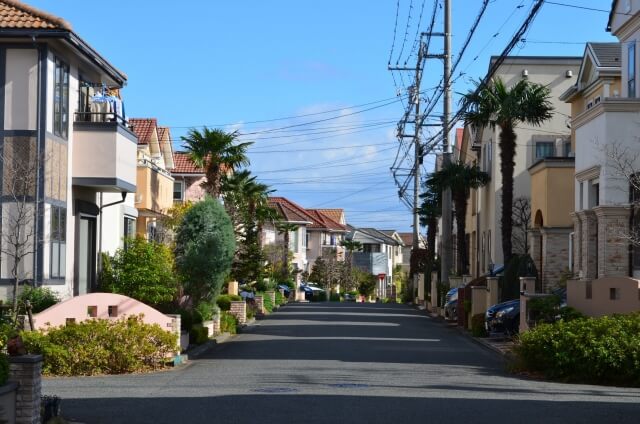
*The above image is simulated for illustrative purposes only.
According to Nishimoto, some of the new residents laughed at Kera, once only a village of 4,000 people, as a rural area, and ridiculed the original residents.
As a result, friction arose between the old and new residents of Kera.
While some locals sold their ancestral lands and moved out of Kera, many strangers moved into Kera, and the position of the children of the old residents of Kera was becoming weaker and weaker.
The Mori brothers, Hiroshi and Yasuo, lived in the lower-ranked Kera-Otsu.
Nishimoto assumes that Hiroshi may not have liked such circumstances.
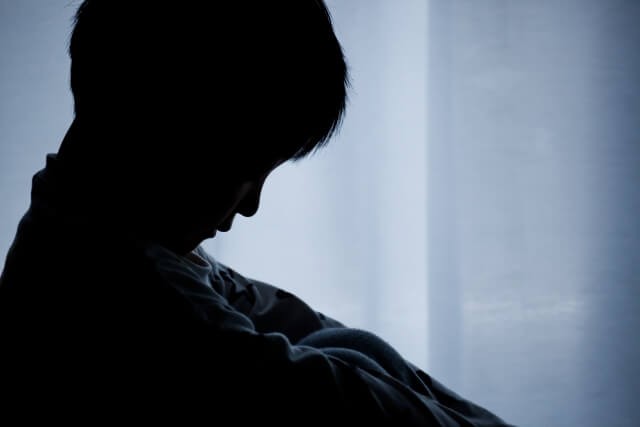
*The above image is simulated for illustrative purposes only.
According to Nishimoto, Hiroshi, the oldest son of the Mori family, would eventually have to take over the farming business and was probably destined to live by tilling the fields that were poorly harvested due to salt and water damage.
Nishimoto speculates that this is why the Mori brothers wanted to get back at the transfer students who looked down on them and take revenge on everything that made them lose their place in the world.
Based on this motive, Nishimoto deduced the truth behind the Kera Incident: the Mori brothers may have created a small UFO by stuffing radio parts they picked up at a garbage disposal site into an ashtray they found at the cast iron station and fabricated the incident.
Then, he decided to make a call to Hiroshi to confirm that his theory was correct.
In 2009, the Mori brothers were not living in Kera but were running a yakitori shop in the neighboring town.

*The above image is simulated for illustrative purposes only.
Nishimoto called the shop and asked Hiroshi.
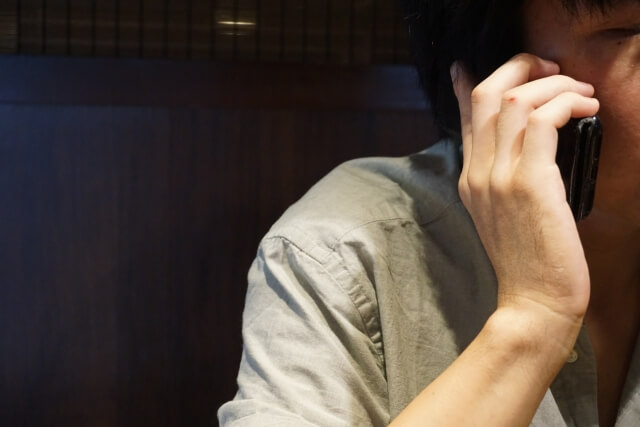
*The above image is simulated for illustrative purposes only.
That was all set up by you, wasn’t it?
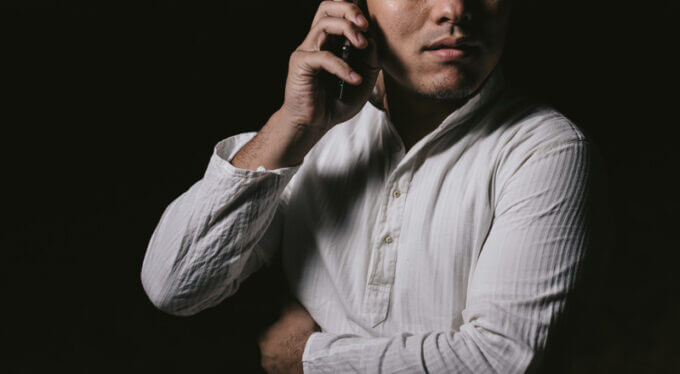
*The above image is simulated for illustrative purposes only.
Well, that was a long time ago.
And it doesn’t really matter!
Hiroshi hung up the phone without answering Nishimoto’s question.
The Mori brothers were not lying.
Indeed, they were telling the truth about having witnessed the UFO and having picked it up.
But, they didn’t tell us that ‘they made up the UFO.’
They just didn’t tell the whole story.
So, it didn’t matter to them whether the Kera Incident was true or not.
For them, there was no need to reveal the “real truth”.
However, the “lies” that they have been telling for 37 years are still alive in Kera.
And it will not be lost in the future.
Just as a lost hometown will never come back again.
Nishimoto concluded his article with this interpretation of Mori’s statement on the phone.
Kenji Sato’s Report in 2016
Kenji Sato (born 1978) is a Japanese photographer.
After graduating from Musashino Art University, Sato visited and photographed Area 51 in Nevada while studying in the United States.
This led him to set up a website to introduce foreign news about UFOs and UMAs, which became a popular site with hundreds of thousands of PVs per day at most.
Kenji Sato (born 1978)
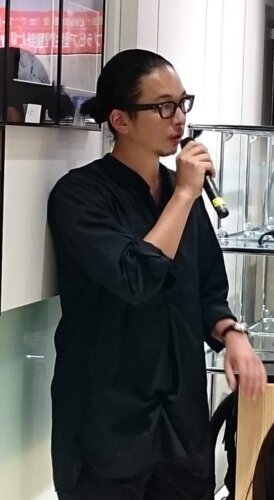
Sato also published a book titled “Kikai Isan (Strange World Heritage),” which introduces strange things and landscapes around the world from natural history and aesthetic perspective.
On May 3, 2016, Sato featured the Kera Incident in his radio program “Radio Adventure Kikai Isan vol. 2″ on NHK Radio 1.
Sato interviewed Tsutomu Seki and other people involved in the incident to re-examine the Kera Incident’s truth.
He then reported the surprising results of his interviews on his radio program.
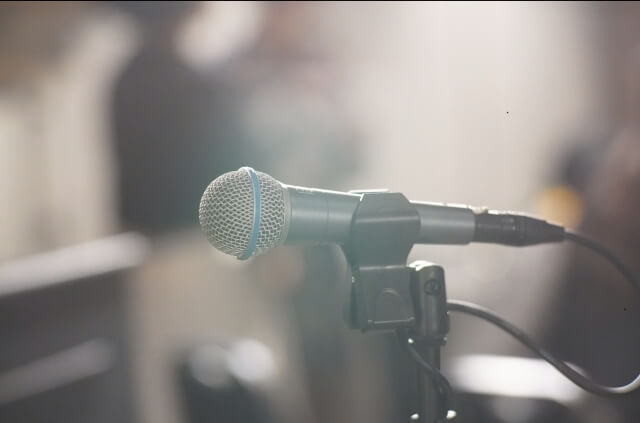
*The above image is simulated for illustrative purposes only.
Interview with Tsutomu Seki
What was particularly interesting in Sato’s report was the shocking revelation of the truth through an interview with comet hunter Tsutomu Seki, who was one of the key people who made the Kera Incident known to the whole of Japan for the first time.
Tsutomu Seki (born 1930), a Japanese astronomer, and comet hunter. Seki’s report was a great opportunity for the Kera Incident to be known throughout Japan.
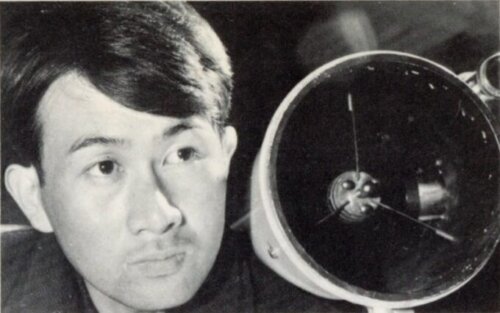
Source Tsutomu Seki (May 1973). Michi no Hoshi wo Motomete (Searching for Unknown Stars), Sankei Shobo.
Seki being interviewed by Sato. In this interview, for the first time in 44 years since the Kera incident occurred, Seki revealed the surprising truth about the Kera incident, which had not been known until then.
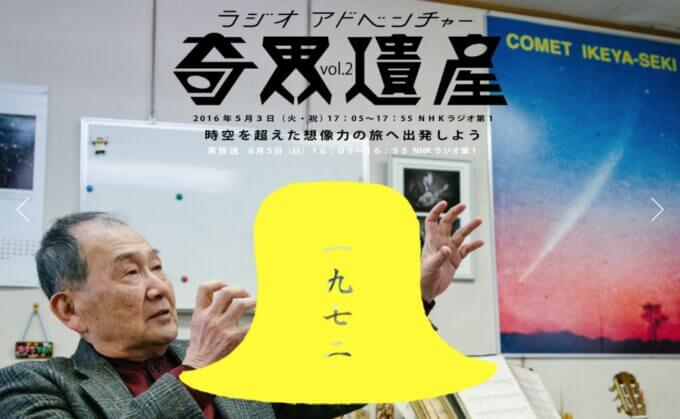
Source “Radio Adventure Kikai Isan” on NHK Radio 1
Seki said that many people still come to visit him with interest in the Kera Incident.
In the interview, he revealed an amazing fact that was previously unknown to the public.
According to Seki, one of his amateur astronomy friends is a high school teacher, and a few of the boys involved in the incident were enrolled in the high school where he worked.
One day, the teacher asked the boys.
Can you tell me if that was a true story?
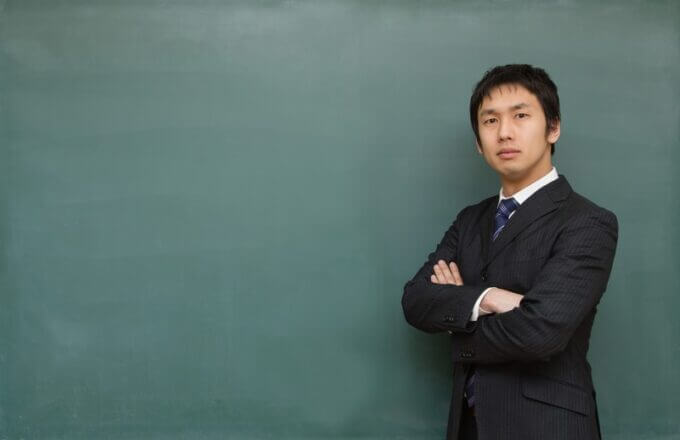
*The above image is simulated for illustrative purposes only.
Then, one of the boys who played a central role in the incident confessed a startling fact.
To tell you the truth, that was a fabrication.
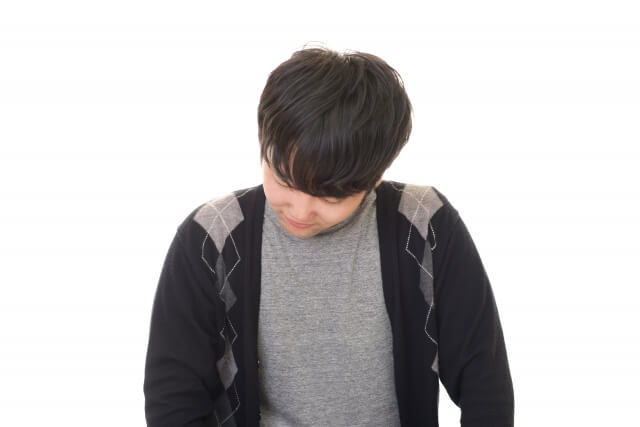
*The above image is simulated for illustrative purposes only.
With this boy’s confession, Seki said that he recognizes that the mystery of the Kera Incident has been solved for him.
Interview with Sadao Fujiwara
Sadao Fujiwara was one of the nine boys who captured the small UFO in Kera.
Sadao did not see the small UFO flying, but he touched the real thing and drew a sketch of it.
In the interview, Sadao said the following about the small UFO.
They had caught a small UFO, and showed it to me in their room.
It was a bit of a heavy cast metal, but it looked like a silver spray paint on something that didn’t have a very good finish.
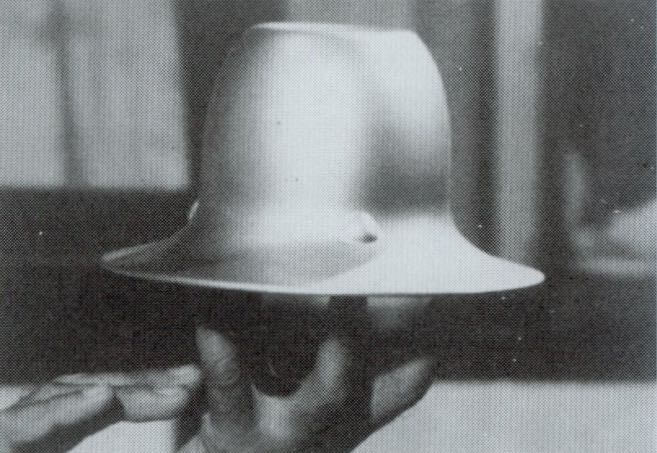
Source Junichi Yaoi (June 2006). Yaoi Junichi no UFO Taizen (Junichi Yaoi’s Complete UFO Collection), 254-256, Lyonsha.
At the time, I had the feeling that I was being deceived by them.
Sadao made the following comment on the above statement by Seki.
That’s the first time I’ve heard Seki say that was a lie.
But then I’m surprised such a statement hasn’t come to the public.
Sadao could not hide his surprise at learning for the first time of Seki’s negative comments about the Kera Incident, in which he was deeply involved.
His shock must have been great.
This is because Sadao called Seki’s radio program for the other boys who were his friends, and Seki’s report led to the Kera case becoming known throughout Japan.
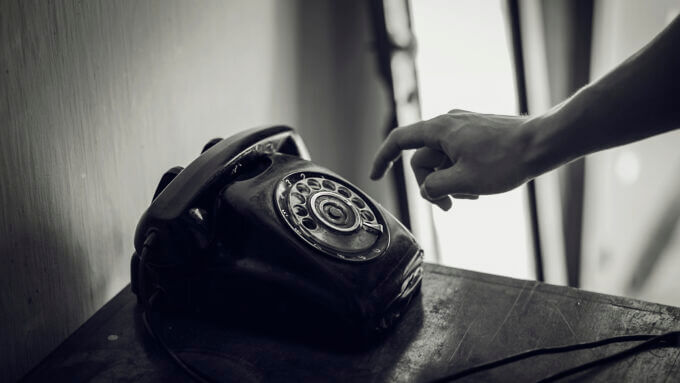
*The above image is simulated for illustrative purposes only.
Without Seki and Ike’s detailed report on the Kera Incident, it is not hard to imagine that Yaoi, the director of NTV, would not have known about the existence of the incident, and it would have ended up as a mere late summer prank of the boys.
Also, Seki’s first visit for his interview was to the house of Isamu Fujiwara, Sadao’s father.
In that sense, Sadao’s actions dramatically changed the fate of the boys.
About that UFO, I still wonder what it really was.
But I don’t think my friends were lying.
So, that remains undigested in my mind.
It is not surprising that Sadao feels this way.
This is because Sadao and the two boys who played a central role in the incident, Hiroshi and Toshiaki, first appeared in a Nippon TV program featuring the Kera Incident, and later appeared in an NTV’s Thursday Special (along with seven other boys except for Michio) and a Fuji TV program (along with Ikuo and Toshiaki).
In that sense, Sadao and the boys in question were like “brothers in arms.”
So it is not surprising that Sadao could not quite believe Seki’s statement, which suggested the possibility that Hiroshi and the other boys had been deceiving Sadao for more than 40 years.
Sato’s Reasoning on the Truth of the Kera Incident
Based on these interviews, Sato deduced the following about the truth behind the Kera incident.
According to Sato’s theory, several boys who were at the center of the incident initially made up a UFO incident to surprise and tease their friends, but the story became too big to back down.

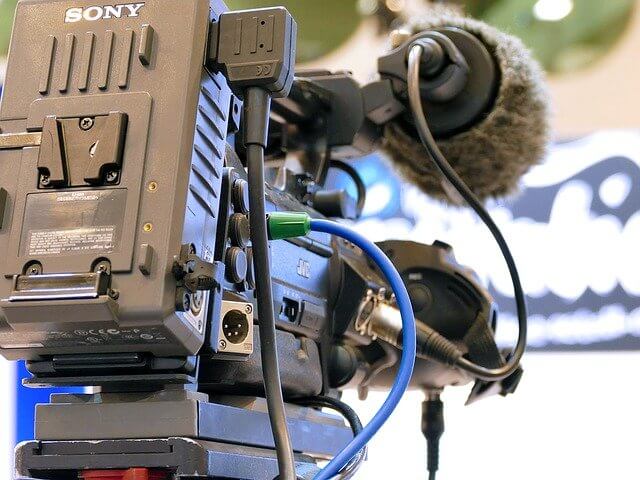
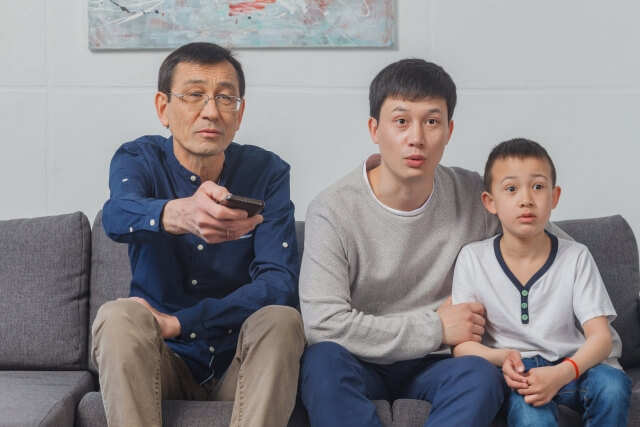
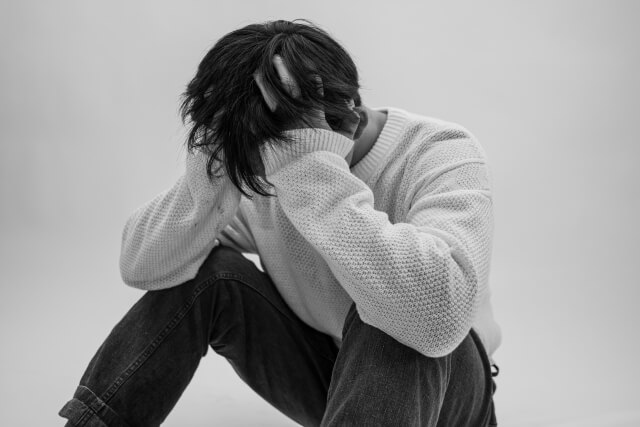
*The above images are simulated for illustrative purposes only.
At the end of Sato’s radio program, Sato introduced the voice of a man (Hiroshi?) who had played a central role in the Kera Incident at the time, but who had steadfastly refused to be interviewed.
The voice claimed as follows.
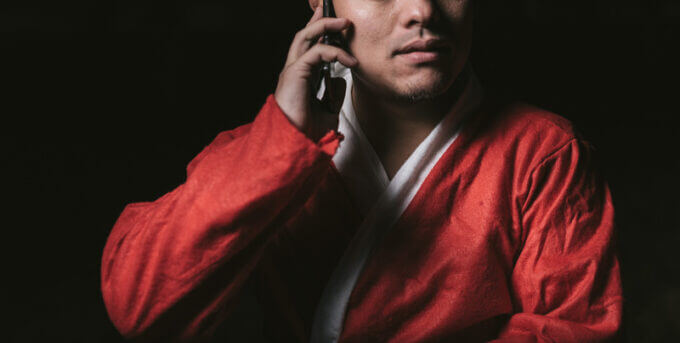
*The above image is simulated for illustrative purposes only.
That did happen at that time!
There is no doubt about it!
As you can see, the truth of the Kera Incident is still shrouded in mystery.
Which claim is the truth?
You may be the one who can solve this mystery.
In my next article, I would like to introduce surprising reports by UFO skeptic researchers that Kera’s small UFO was a commercially available cast ashtray.
(To be continued to part 5)
Published on June 9, 2021
Written by OTAKUPAPA
References:
- Tsutomu Seki (May 1973). Kera-mura ni Ochita Enban (The Flying Saucer That Fell on Kera Village), Michi no Hoshi Wo Motomete (Searching for Unknown Stars), 187-194, Sankei Shobo.
- Shinichiro Namiki, Kazuo Hayashi (Field Investigator) (April 1973).– JSPS Special Report–Soratobu Enban Ikedori Misui!! Kochi-shi Keramura de Okotta Kisou Tengaina Enban Soudou …… ??? (Attempted Live Capture of Flying Saucer! A Bizarre Flying Saucer Incident in Kera Village, Kochi City …… ???) Unidentified Flying Objects – Information and Research – Vol.1, No. 1, 48-50, Japan Space Phenomena Society (JSPS).
- Mokuyou Special Gendai no Kaiki Tuikyu Daisandan Utyujinwa Tikyuni Kite Iru!! (Thursday Special: Modern Weirdness, Pursuit #3: Aliens are Coming to Earth!!), Nippon Television Network Corporation, broadcast on October 10, 1974.
- Shusaku Endo (1976). Kera-Cho no Soratobu Enban (Flying Saucer in Kera Town), Boku ha Koukishin no Katamari (I Am a Curious Man), 36-44, Shinchosha.
- Junichi Yaoi (July 1978). Zenkoku UFO Mokugeki Tahatsu Chitai (UFO Sighting Zones in Japan), 272-277. Futami Shobo
- Ryoma Mulder (November 2002). Kochi Kogata UFO Hokaku Jiken Tenmatsu Report by Ryoma Mulder (Report on Capture of a Small UFO in Kochi by Ryoma Mulder), http://www.youneeds.com/xfiles/ufo/kela_ufo_catcher.htm
- Hiroshi Yamamoto, Kazuo Shimizu, and Ryutaro Minakami (July 2005). Tondemo UFO Nyumon (Introduction to Ridiculous UFO Cases and Researchers), Yosensha.
- Junichi Yaoi (June 2006). Yaoi Junichi no UFO Taizen (Junichi Yaoi’s Complete UFO Collection), 254-256, Lyonsha.
- Kenichi Nishimoto (May 2009). Kochi-ken Kera-Cho“UFO Hokaku Jiken” no Shogeki (The Impact of the “UFO Capture Incident” in Kera Town, Kochi Prefecture), Nihon “Kaiki” Taizen (The Complete Book of Japanese “Weirdness”), 239-253, Million Shuppan
- Shinichiro Namiki (Feburary 2010). Mikakunin Hikou Buttai UFO Taizen (The Complete Guide to Unidentified Flying Objects UFOs), 227-233, Gakken Plus.
- Shinichiro Namiki, Tanbo de Chugakusei ga Kogata Enban wo Hokaku Nazo no ‘Kera UFO Jikenno Ima wo Ou!! (Junior High School Students Captured a Small Flying Saucer in Rice Fields: Now Tracing the Mysterious ‘Kera UFO Incident!!’), MU Magazine, April 2014 issue, 172-177, Gakken.
- Miyabi, (November 8, 2015), Kera Incident, UFO Jikenbo (UFO Case Files), http://ufojikenbo.blogspot.com/2015/11/kera.html
- Kenji Sato, Radio Adventure, Kikai Isan (Odd World Heritage), NHK Radio 1, broadcast on May 3, 2016.
- MYSTERY PHOTONICLE (May 2016), 40-41, Digital Ultra Project
- Kozo Niwa, Kazuo Hayashi (June 2016). Nihon no Juyo UFO Jiken: Kochi Keramura UFO Hokaku Jiken (Important UFO Incident in Japan: Kochi Kera Village UFO Capture Incident), https://ameblo.jp/entry-12168532537.html
- Tatsuya Honjo, ASIOS (August 2017). UFO Jiken Chronicle (Chronicle of UFO Incidents), 138-145, Saizusha.

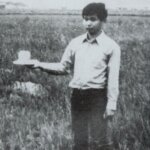

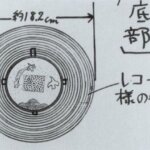
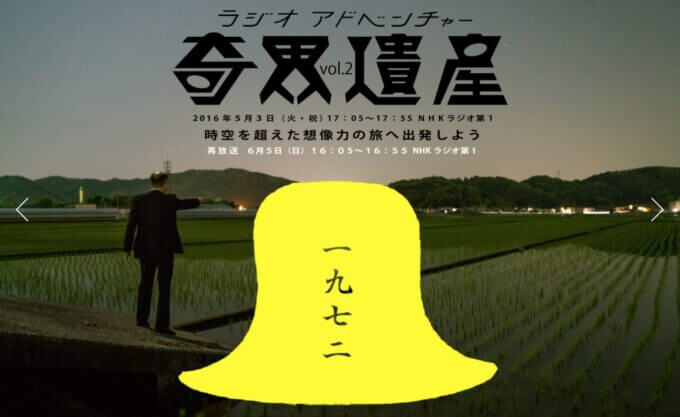

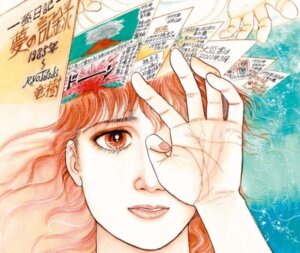
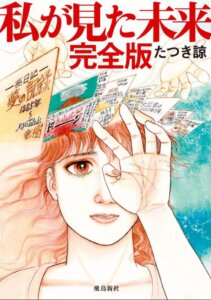
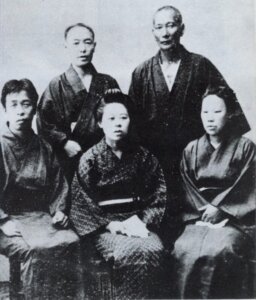
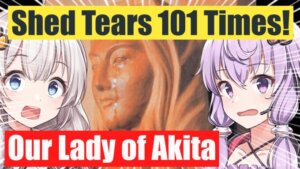
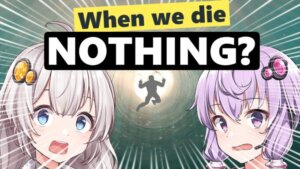
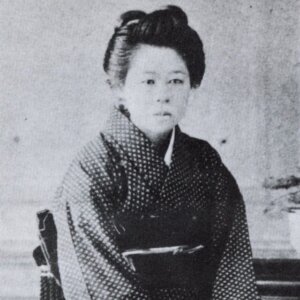
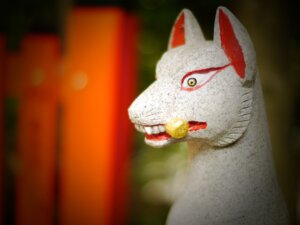
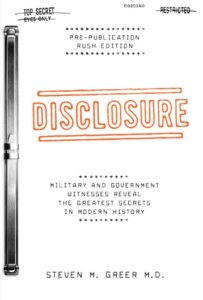
Comments